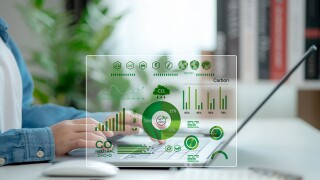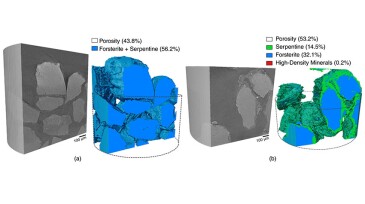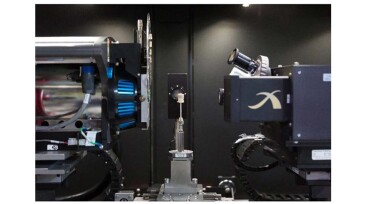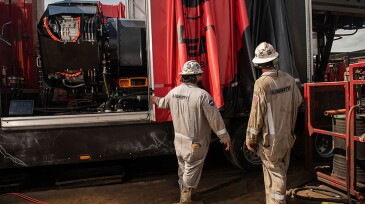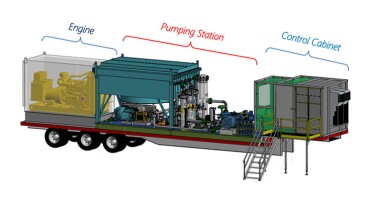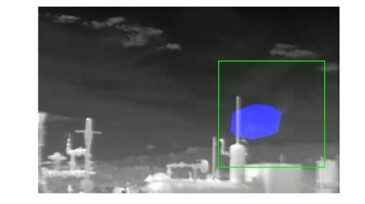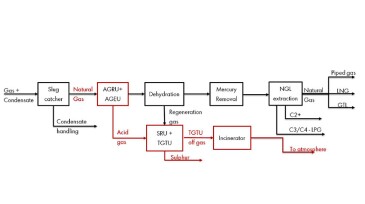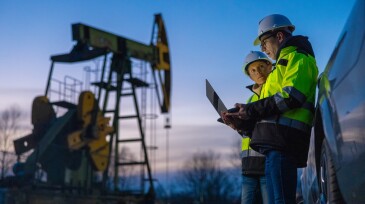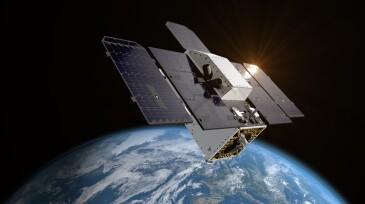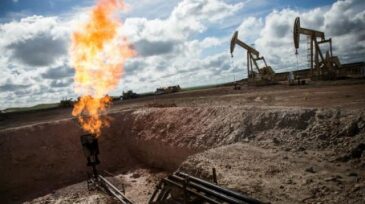Emission management
EERC CEO Charles Gorecki outlines how applied research in North Dakota is helping improve oil recovery, reduce emissions, and advance carbon storage.
Growing energy transition investment highlights oil and gas technologies as key enablers.
A newly formed global coalition, Carbon Measures, aims to develop a ledger-based carbon accounting framework and champion market-based solutions to drive emissions reduction.
-
This study concludes that it is relatively easy to generate enhanced hydrogen in the laboratory during injection of high-pH aqueous solution through a pack of olivine sand.
-
The authors of this paper present a workflow designed to achieve maximum integration between analytical and modeling activities in carbon capture and storage projects.
-
Natural gas-powered electric fleets look to pave the way for the next generation of power generation.
-
This article describes a technology combining a compression unit with a flexible line to offer a flaring alternative for transferring hydrocarbons.
-
This paper describes a deep-learning image-processing model that uses videos captured by a specialized optical gas-imaging camera to detect natural gas leaks.
-
This paper aims to provide insights to address the challenge of identifying the optimal point within the gas-processing lineup for recovering a high-purity CO₂ stream suitable for sequestration.
-
The revised report provides upstream oil and gas operators with a framework and guidelines to help select and deploy methane emissions detection and quantification technologies.
-
As part of a subnational climate coalition, the state is moving forward with a satellite data project to track methane emissions.
-
The move by the US Congress and the White House is part of a broader effort to overturn the Inflation Reduction Act passed in 2022.
-
A recent survey by consultancy firm Bain & Company found that, despite record clean-energy investments, executives cited financial constraints, shareholder hesitancy, and policy uncertainty as key obstacles to reaching net-zero carbon emissions.



